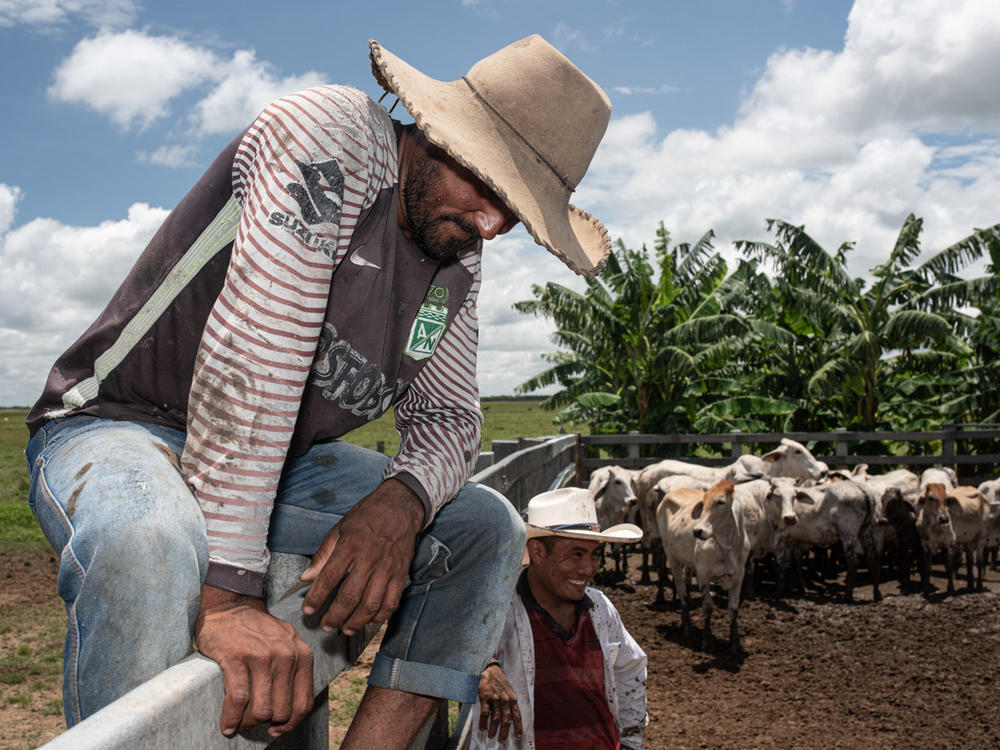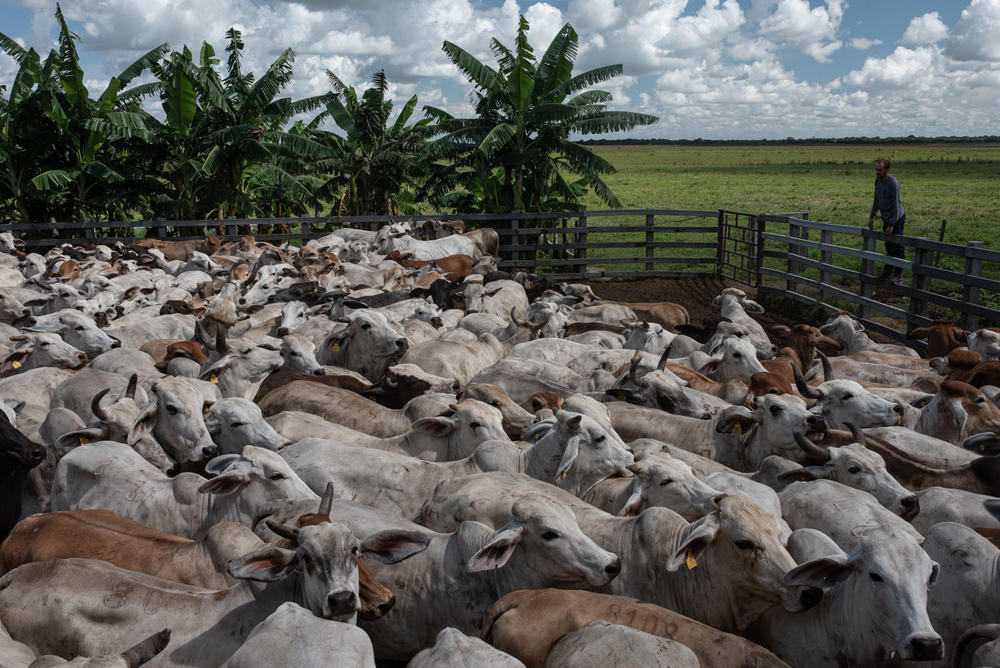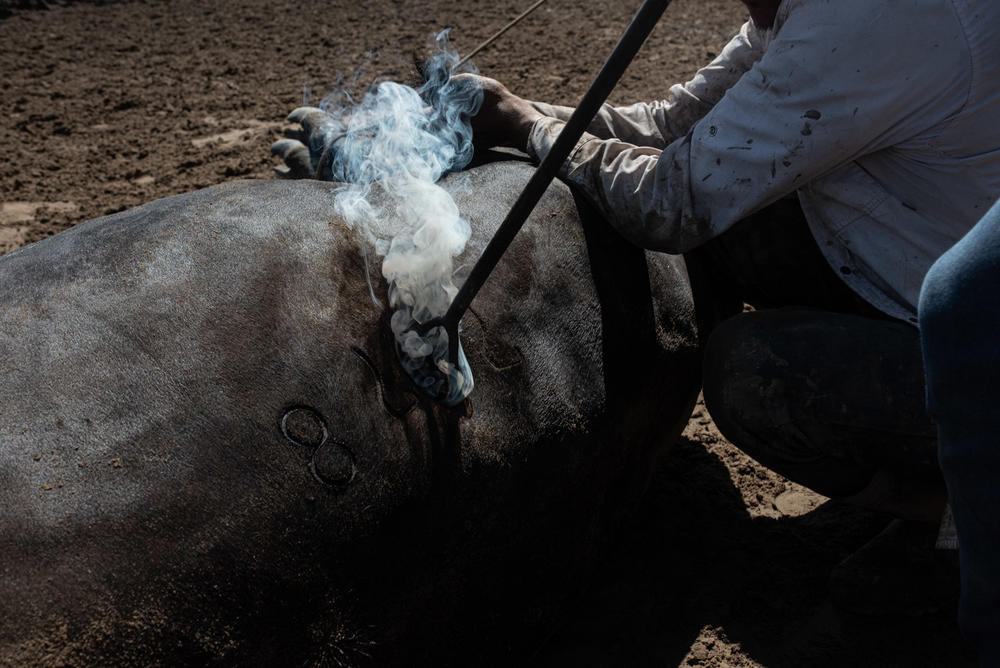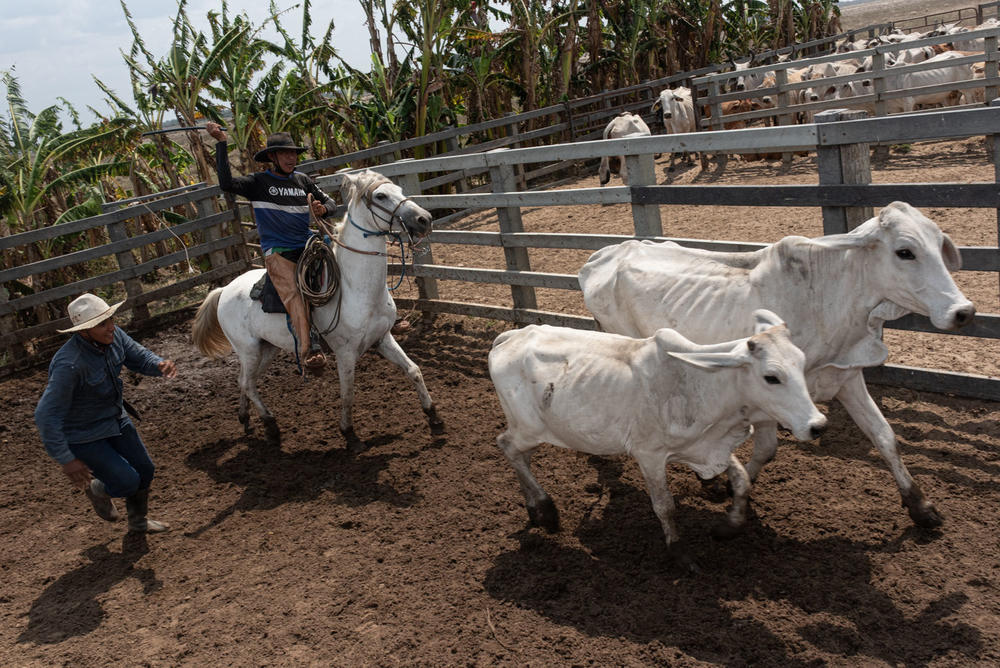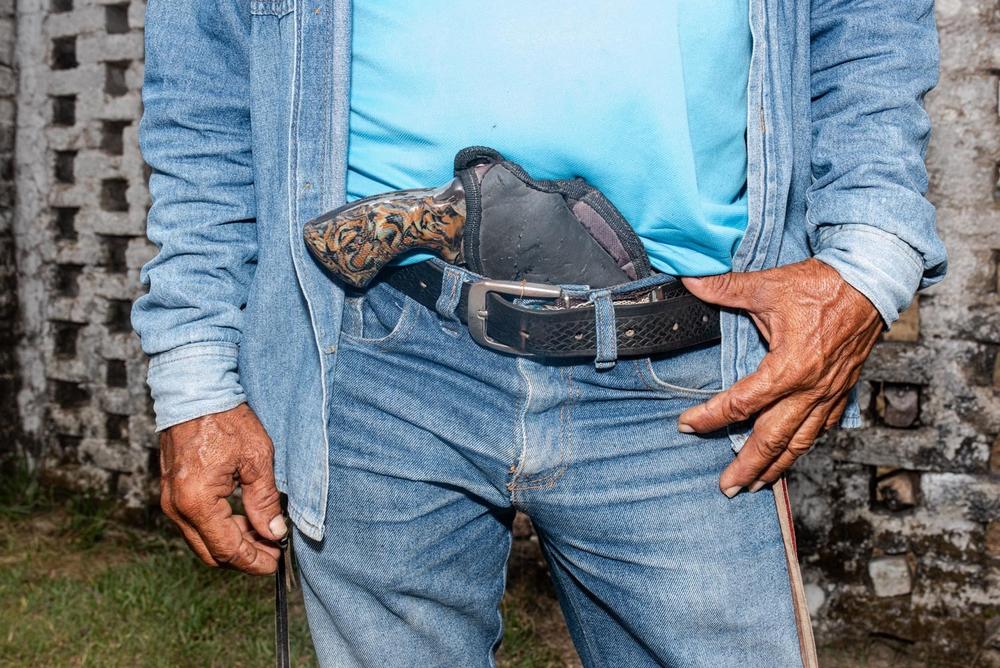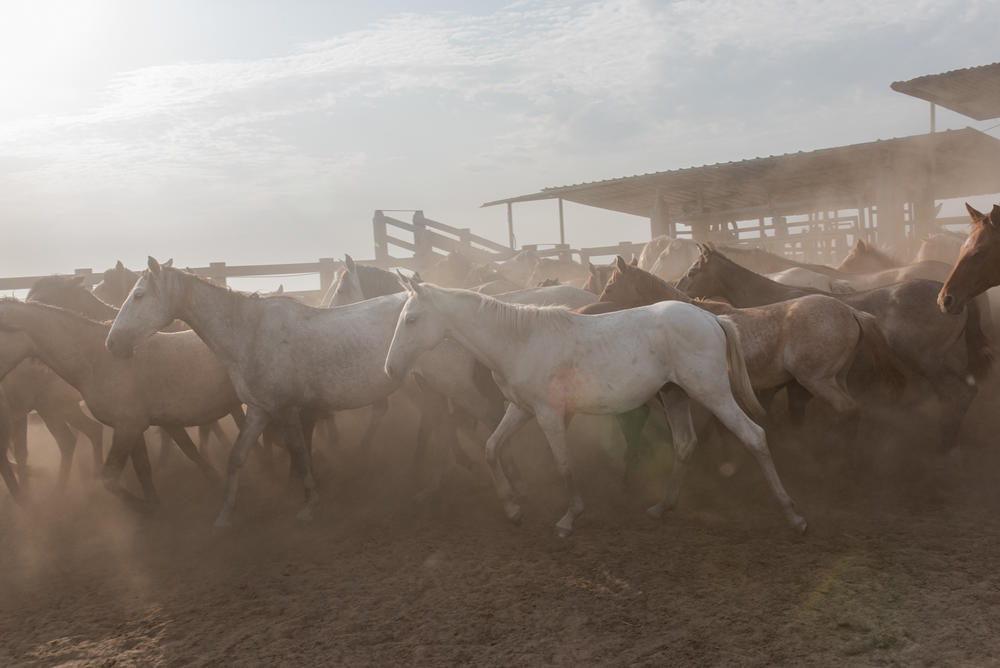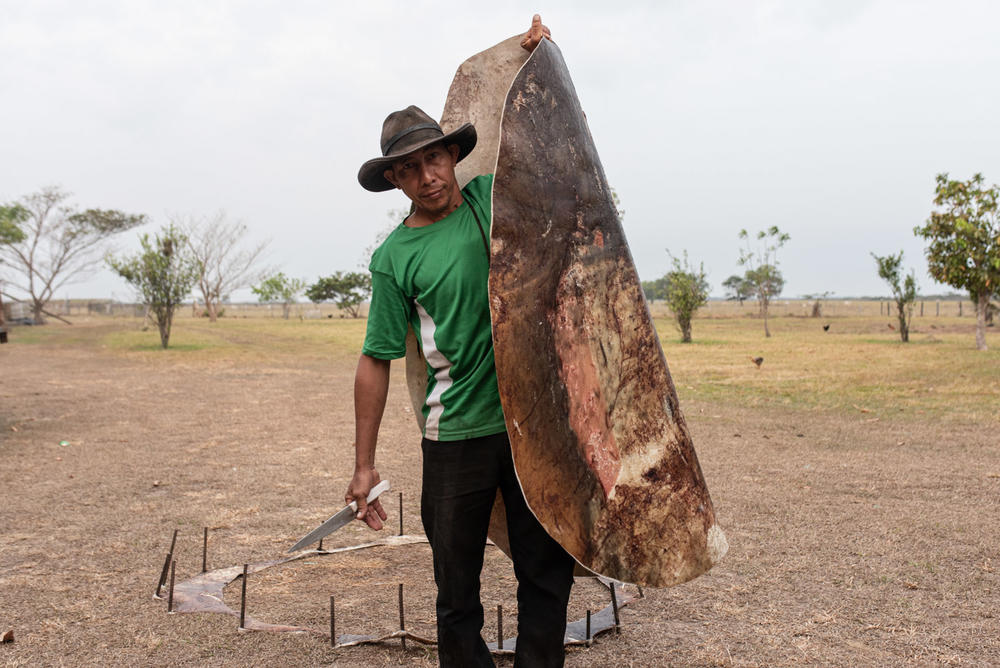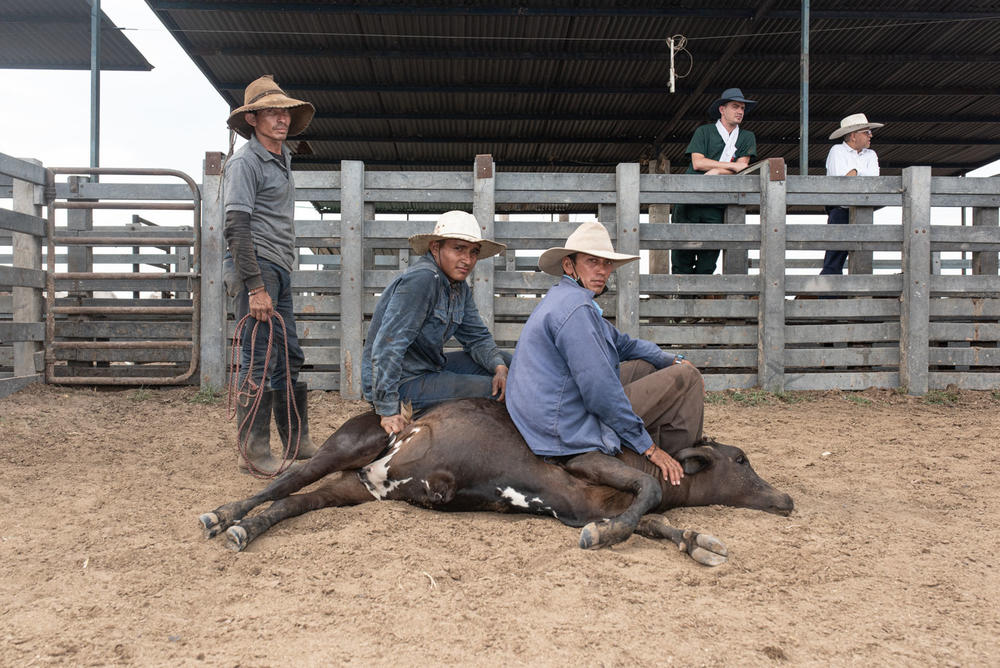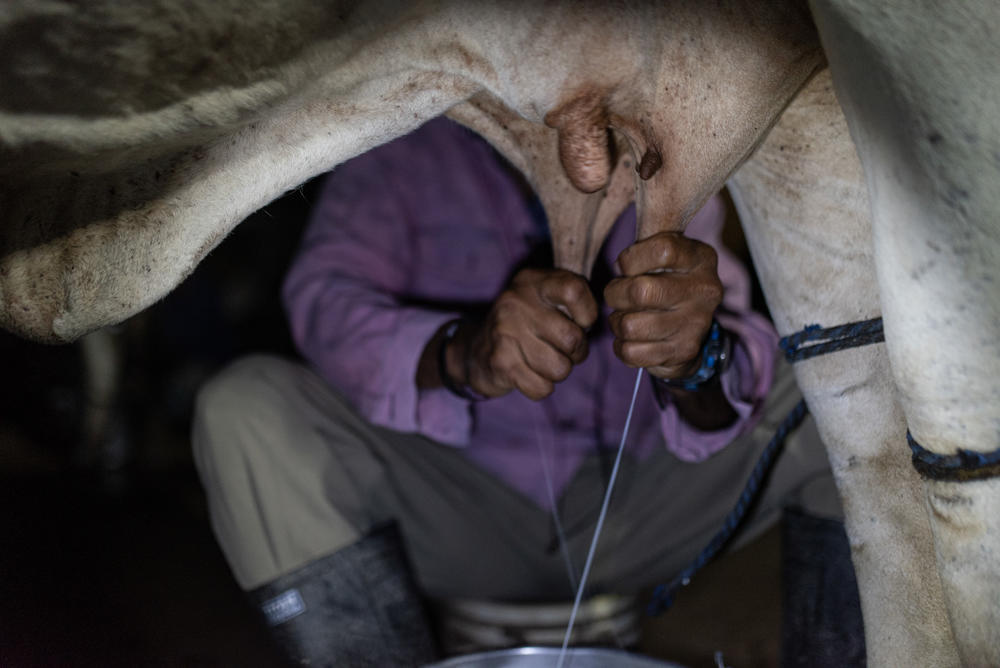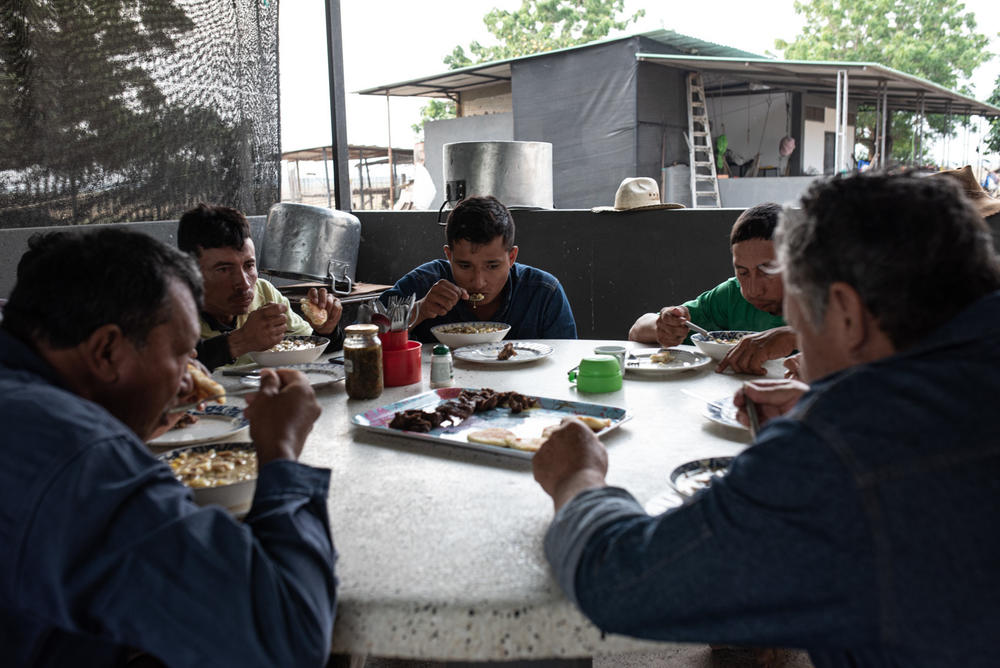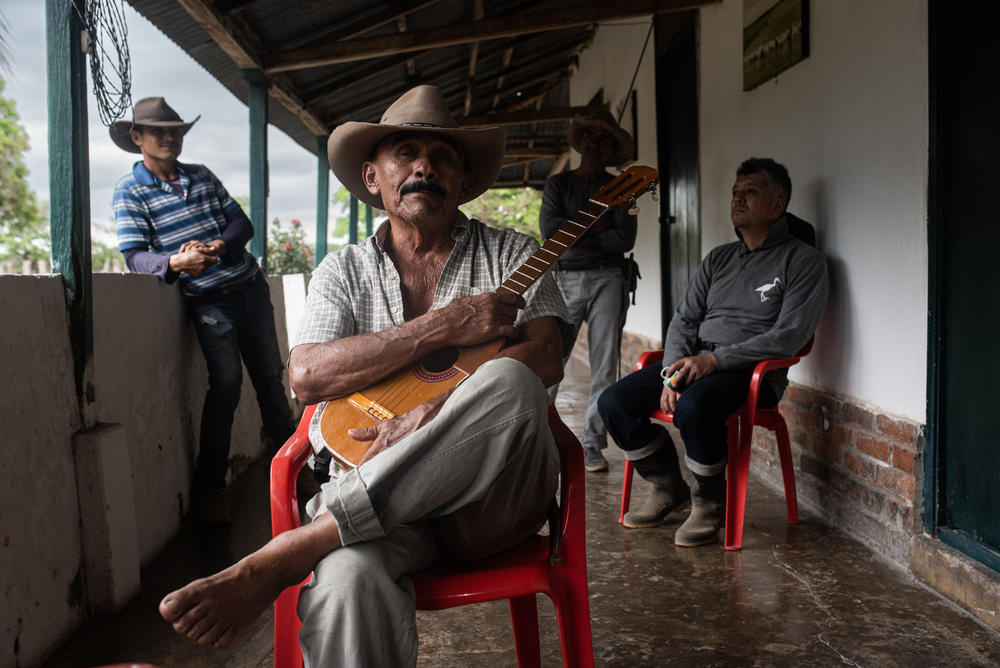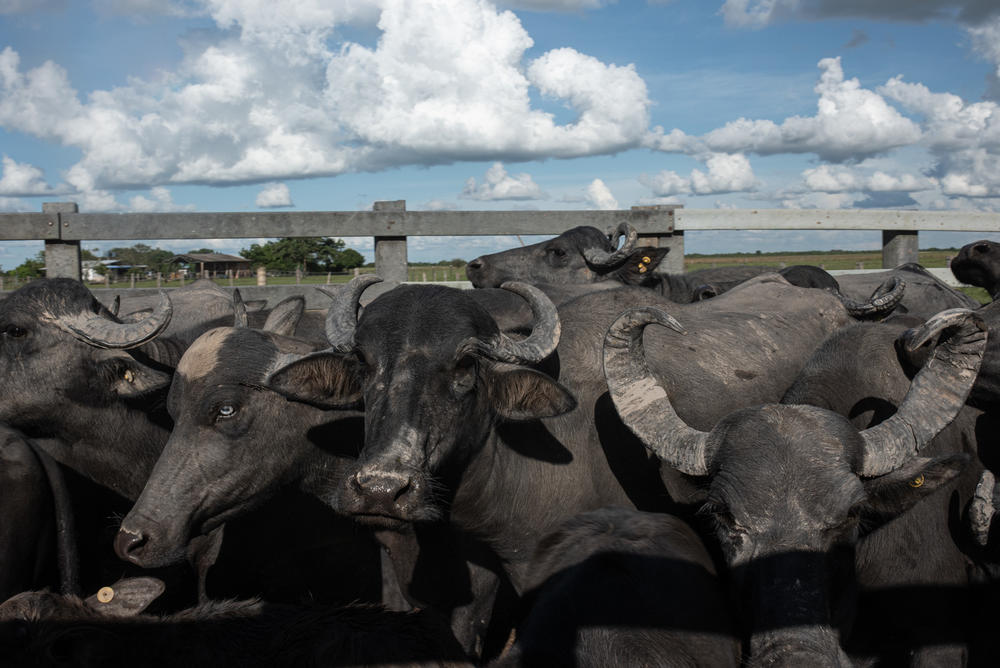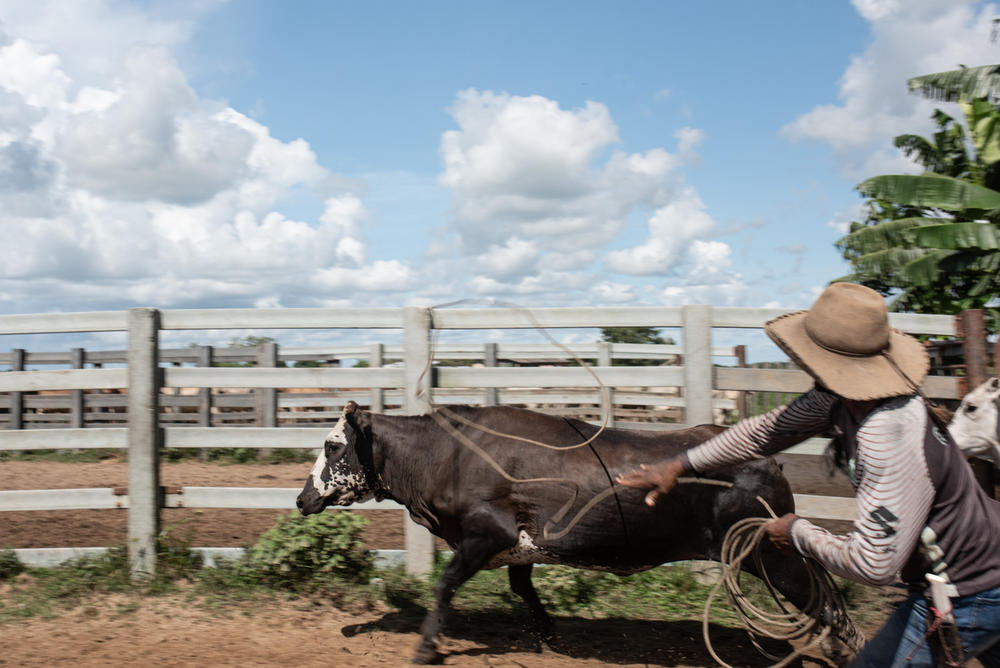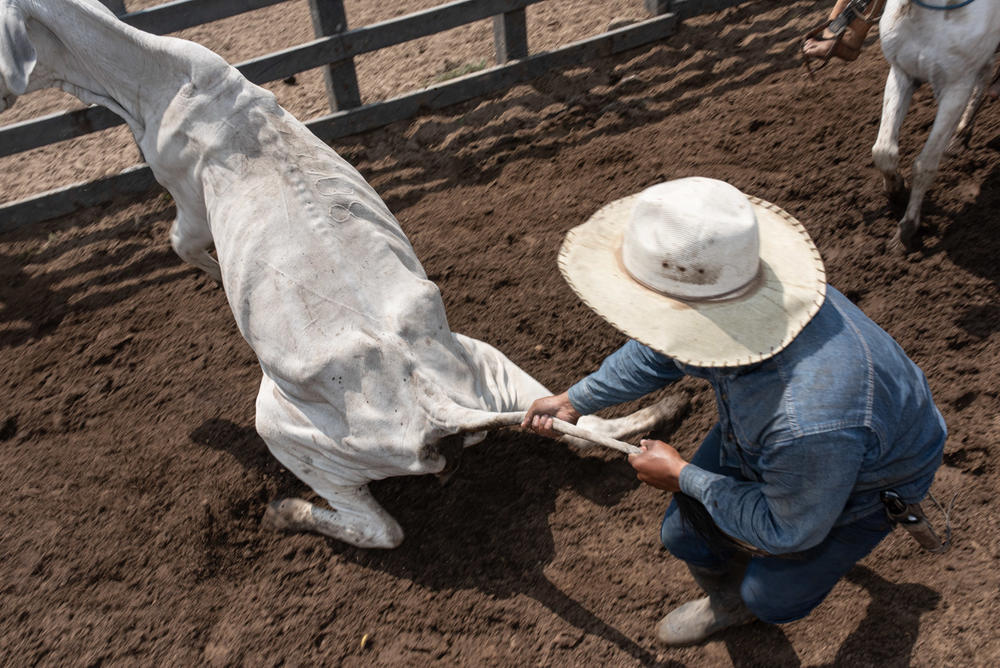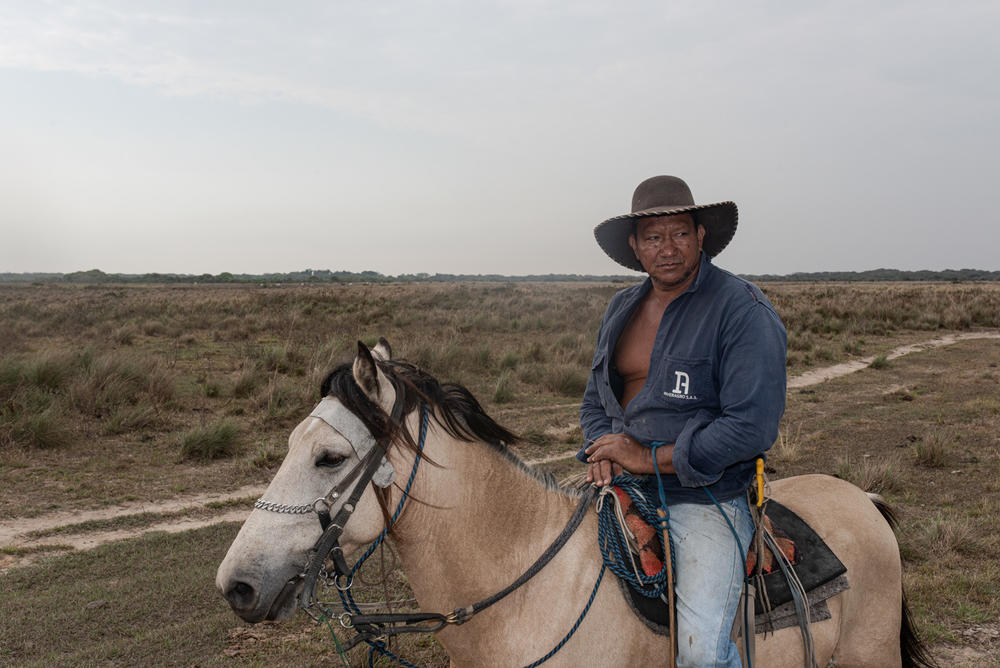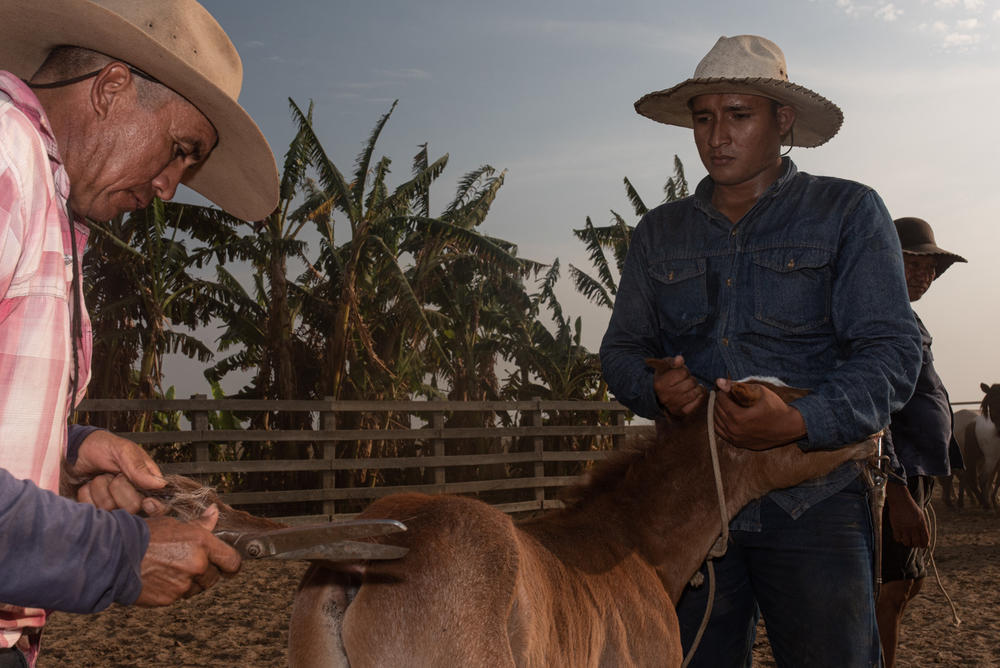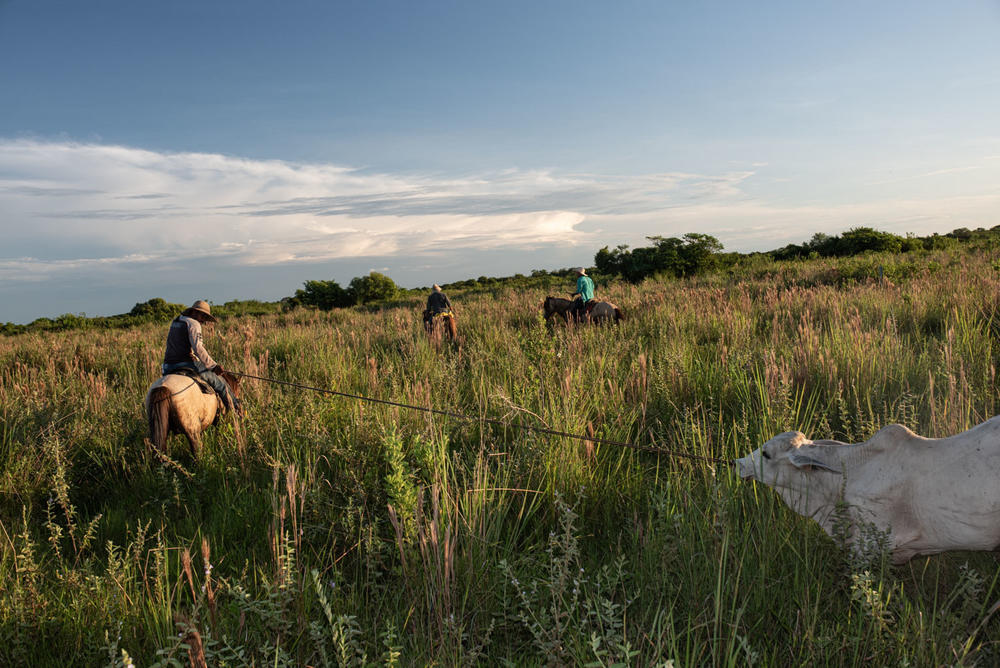Section Branding
Header Content
South America's traditional cowboys are still at home on the range in Colombia
Primary Content
EASTERN PLAINS, Colombia — Urging on their horses, a half-dozen Colombian ranch hands are driving cattle through the pancake-flat prairies of eastern Colombia. They have a long way to go because this 4,000-acre ranch stretches to the horizon and beyond.
Unlike the United States, where nearly all beef cattle are fattened up on feedlots and where cowboys are mostly a thing of the past, livestock in Colombia are raised on vast, open ranges. As a result, overseeing the herds requires the special skills of Colombian cowboys who are known as llaneros — Spanish for "plainsmen."
With its lagoons, flocks of birds, and panoramic views, this ranch is a gorgeous setting for work that is often brutal.
Back at the corral, the llaneros pull the cattle to the ground, immobilize them, then press several red-hot branding irons into their hides to identify their owner and the ranch where they are being raised. At one point, they spot a stray bull. To prevent it from disrupting the herd and impregnating the cows, one of the llaneros unsheathes his knife and swiftly castrates the bull, which bellows in protest.
Also jarring is the fact that — rather than donning cowboy boots — most llaneros go barefoot. They include Antonio Cova, who has been working on ranches since he was 13 and who says his unshod feet are as leathery as animal paws.
"It's a tradition," he explains. "You build up callouses on your feet so nothing hurts them."
Llaneros have been proving their toughness for centuries. Expert horsemen and marksmen, they fought alongside South American liberator Simón Bolívar in the early 1800s to help secure Colombia's independence from Spain.
In fact, some llaneros — like Antonio Cantor — still go around with guns. Pulling a pistol from his holster, he says, "The revolver used to be a normal part of your wardrobe."
These days, llaneros remain key to Colombia's cattle industry. Most ranchers here can't afford to send their herds to large, commercial feedlots. However, pastureland in remote areas of Colombia is relatively cheap.
Abelardo Bravo, a Bogotá businessman who bought this ranch 13 years ago, says he couldn't run it without his trusty llaneros.
"They are courageous people," he says. "A llanero won't back down from anything. He might weigh 150 pounds but he'll take on a 900-pound bull."
Still, llanero life is not all muscle and machismo.
While milking the cows before dawn, one of the llaneros softly sings so the animals will relax and give more milk. Indeed, llaneros have their own genre of music and are quick to break into song. Cantor, the pistol-packing llanero, often plays a small, four-string guitar, known as the cuatro, and croons songs about the joys of riding horseback, herding livestock and courting local ladies.
Yet he sometimes wonders whether llanero traditions will last. Ranches are gradually getting smaller as they are handed down within families and they now require fewer workers. Some llaneros are taking easier jobs in the cities or at nearby rice farms and oil fields.
But after nearly 70 years of raising cattle in the countryside, Cantor says he's not budging.
"This is where I was born and raised," he says. "This is where I grew old. And this is where I want to die."
Copyright 2022 NPR. To see more, visit https://www.npr.org.
